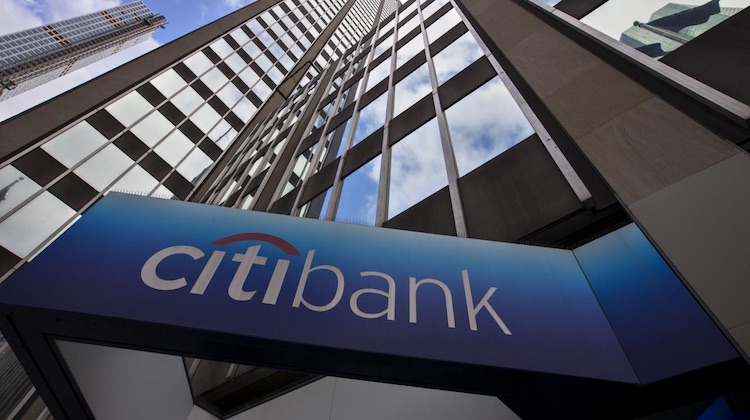The Customer Effect
New technologies, wealthy customers: What to know about Citi’s investor day
- Citi's goal is to acquire, engage and service clients "entirely digitally,” said Stephen Bird, CEO of the global consumer bank
- “We expect the combination of robotics, cloud and migration to mobile to be worth well over $1 billion in expense saves by 2020,” said CFO John Gerspach








